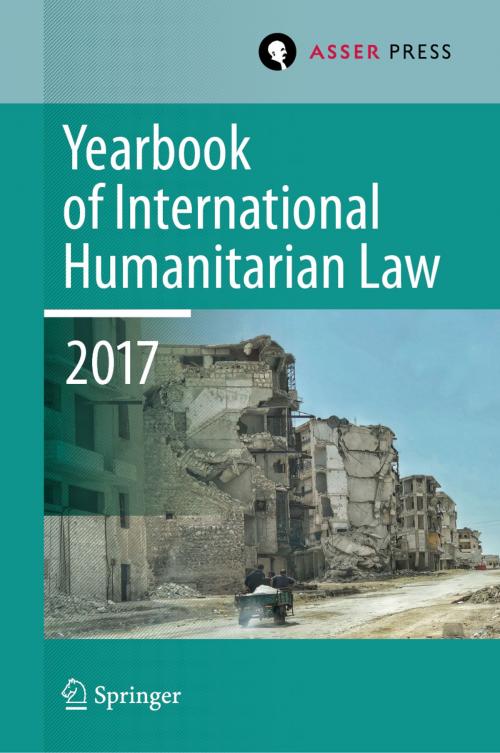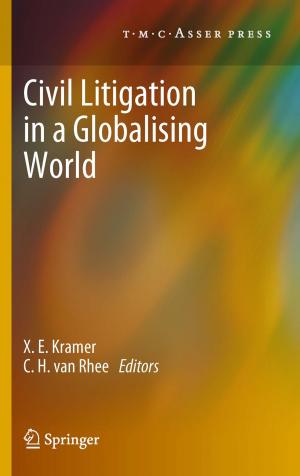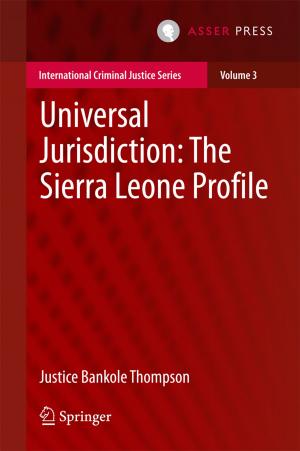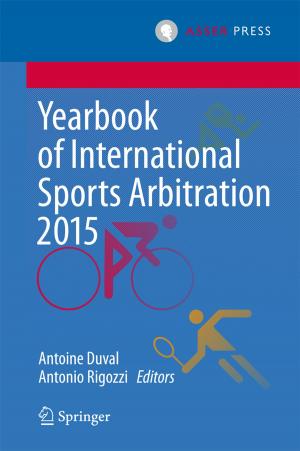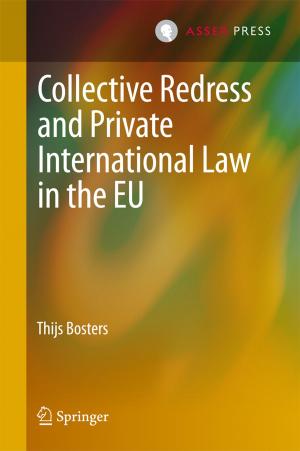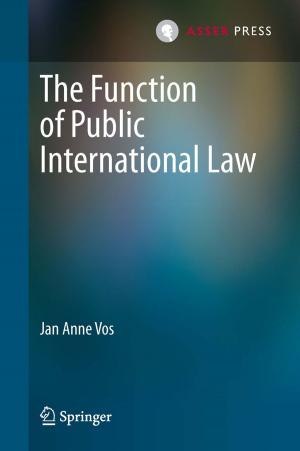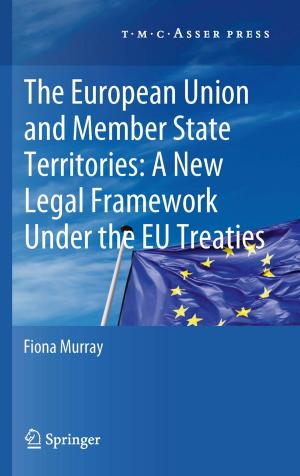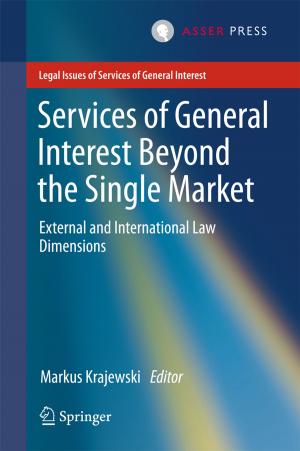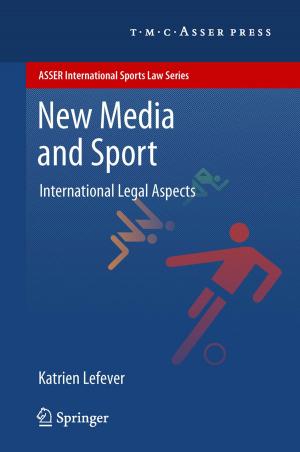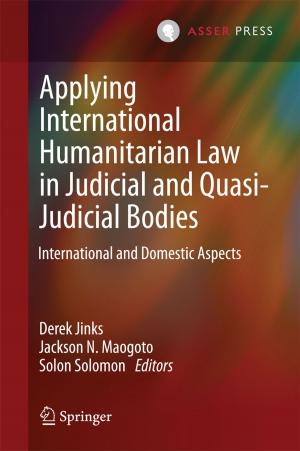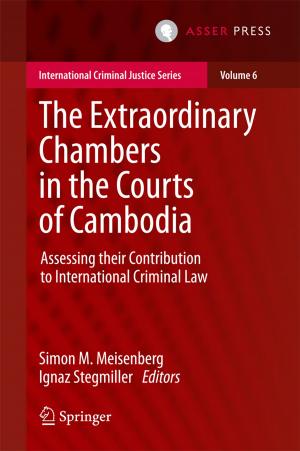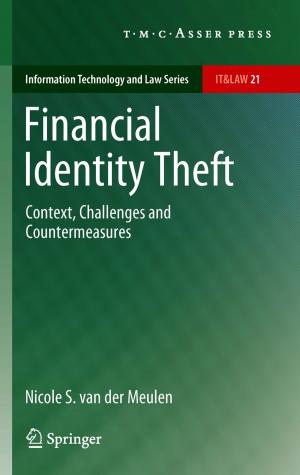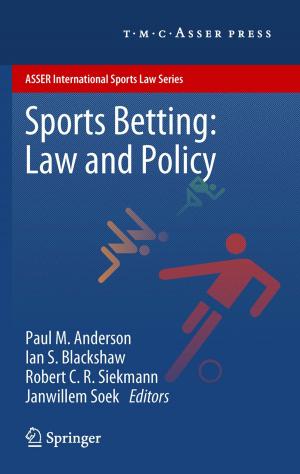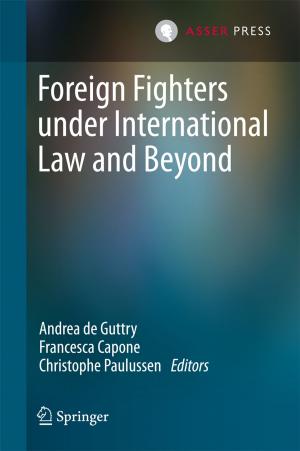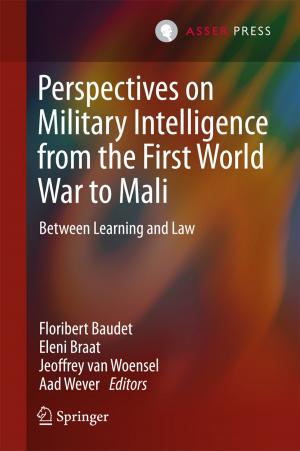Yearbook of International Humanitarian Law, Volume 20, 2017
Nonfiction, Reference & Language, Law, International, Social & Cultural Studies, Social Science, Crimes & Criminals, Criminology| Author: | ISBN: | 9789462652644 | |
| Publisher: | T.M.C. Asser Press | Publication: | December 20, 2018 |
| Imprint: | T.M.C. Asser Press | Language: | English |
| Author: | |
| ISBN: | 9789462652644 |
| Publisher: | T.M.C. Asser Press |
| Publication: | December 20, 2018 |
| Imprint: | T.M.C. Asser Press |
| Language: | English |
The main theme of this volume of the Yearbook of International Humanitarian Law
is the development and interpretation of international humanitarian law (IHL). It is
elaborated upon in several chapters that examine the role of non-state armed groups
in the development and interpretation of IHL, the impact of international criminal law
on the development of IHL, the notion of external non-international armed conflicts,
and the regulation of prolonged occupation under international law.
The second theme of this volume is dedicated to targeting in armed conflicts. Specific
topics include precautions in attack in urban and siege warfare, the targeting of the
Islamic State’s religious personnel in Iraq and Syria, and the targeting of illicit crops
through aerial spraying in Colombia. Besides the chapters that address both themes,
this volume also contains a Year in Review describing the most important events and
legal developments that took place in 2017.
The Yearbook of International Humanitarian Law is the world’s only annual publication
devoted to the study of the laws governing armed conflict. It provides a truly international
forum for high-quality, peer-reviewed academic articles focusing on this crucial
branch of international law. Distinguished by contemporary relevance, the Yearbook
of International Humanitarian Law bridges the gap between theory and practice and
serves as a useful reference tool for scholars, practitioners, military personnel, civil
servants, diplomats, human rights workers and students.
The main theme of this volume of the Yearbook of International Humanitarian Law
is the development and interpretation of international humanitarian law (IHL). It is
elaborated upon in several chapters that examine the role of non-state armed groups
in the development and interpretation of IHL, the impact of international criminal law
on the development of IHL, the notion of external non-international armed conflicts,
and the regulation of prolonged occupation under international law.
The second theme of this volume is dedicated to targeting in armed conflicts. Specific
topics include precautions in attack in urban and siege warfare, the targeting of the
Islamic State’s religious personnel in Iraq and Syria, and the targeting of illicit crops
through aerial spraying in Colombia. Besides the chapters that address both themes,
this volume also contains a Year in Review describing the most important events and
legal developments that took place in 2017.
The Yearbook of International Humanitarian Law is the world’s only annual publication
devoted to the study of the laws governing armed conflict. It provides a truly international
forum for high-quality, peer-reviewed academic articles focusing on this crucial
branch of international law. Distinguished by contemporary relevance, the Yearbook
of International Humanitarian Law bridges the gap between theory and practice and
serves as a useful reference tool for scholars, practitioners, military personnel, civil
servants, diplomats, human rights workers and students.
